Remember that travel advisory the NAACP issued for American Airlines in 2017 which warned African Americans about their safety and well-being when travelling with the airline? The advisory urged African Americans to “exercise caution” when booking tickets with American Airlines or boarding one of its planes because of a series of “troublesome” incidents which suggested a corporate culture of racial insensitivity and possible racial bias.
NAACP said African Americans could find themselves subjected to “disrespectful, discriminatory or unsafe conditions” if they chose to fly with American Airlines, citing several incidents including one where an African-American man was forced to deplane because he stood up for himself when two white passengers made racially discriminatory comments towards him.
In another case, a African American woman’s First Class seating assignment was switched to coach at the ticket counter, while her white friend remained seated in First Class. Another incident that involved seating assignments saw a pilot order an African-American woman to be removed from a flight because she made a complaint to the gate agent.
The issue here wasn’t that American Airlines or its employees were being deliberately racist but that the corporate culture had created widespread and deep-rooted racial bias where employees treated ethnic minority passengers differently (ie. worse) than white passengers.
The advisory actually remained in force for nine months and was only lifted when American Airlines agreed to implement a number of measures to tackle any racial bias that may exist. Along with a new discrimination complaint resolution process, American Airlines also said it would introduce a training course on implicit bias training that all 130,000 of the airline’s employees would receive.

The training began in January 2018 with a mandatory online training course that employees could complete from home but from late last year, American has also been getting its employees to come into the classroom for group-based training that was devised and developed by outside experts.
As you can imagine, trying to get all 130,000 employees through the 90-minute ‘Disrupting Everyday Bias’ class is going to be a massive task. No matter how beneficial the content is (and it surely is beneficial), it’s going to cost American Airlines a lot of money – so no wonder they’re trying to find ways to combine this course with other training that employees are already undertaking.
But this is where flight attendants represented by the Association of Professional Flight Attendants (APFA) are at loggerheads with airline bosses. It turns out the Disrupting Everyday Bias course has been included in every flight attendants annual two-day recurrent training – that might seem like a sensible solution to outsiders but APFA has demanded the course be removed from the curriculum, insisting that mandatory recurrent training is for FAA-required safety and security training only.
The flight attendant contract also seems to back up APFA’s claim but it looks like American is trying to avoid another clause in the contract – one that stipulates that flight attendants should be paid $75 for attending a non-recurrent training course. That fee alone would set American Airlines back $1.8 million to train all 25,000 flight attendants if it was delivered outside of annual recurrent.
It’s not that flight attendants are against the training course – the vast majority of employees fully support the measures that American Airlines is taking. They just think there’s a right time and place for this course and it’s not during their recurrent training.
Funnily enough, the airline disagrees and has called APFA’s stance on the issue “disappointing”.
Mateusz Maszczynski honed his skills as an international flight attendant at the most prominent airline in the Middle East and has been flying ever since... most recently for a well known European airline. Matt is passionate about the aviation industry and has become an expert in passenger experience and human-centric stories. Always keeping an ear close to the ground, Matt's industry insights, analysis and news coverage is frequently relied upon by some of the biggest names in journalism.







